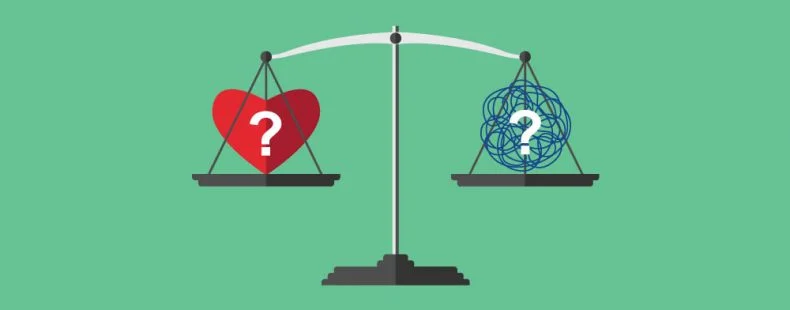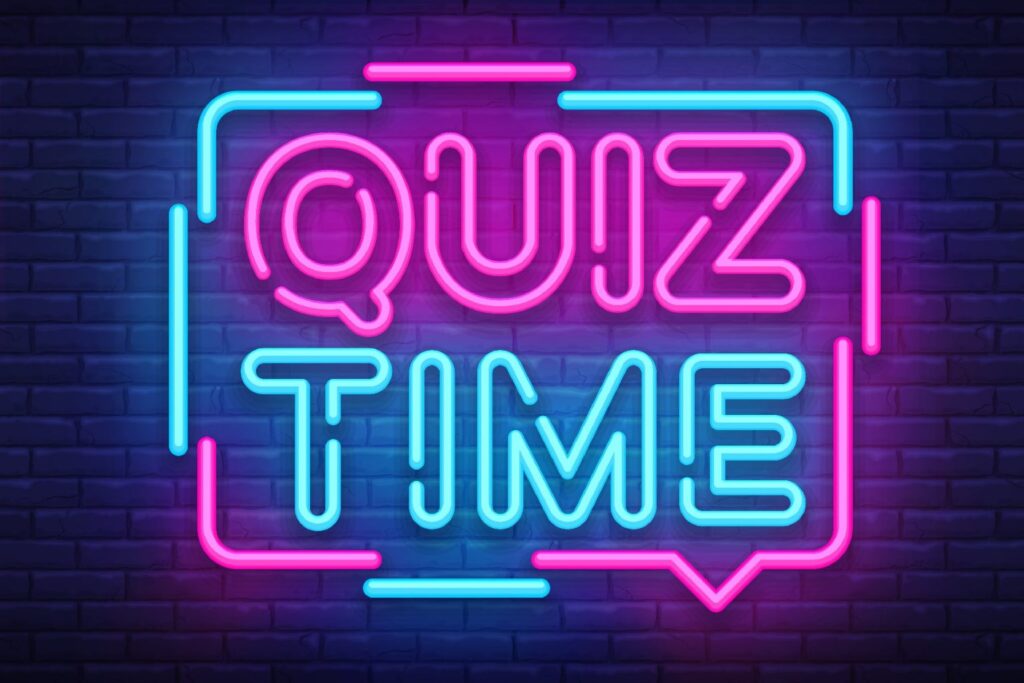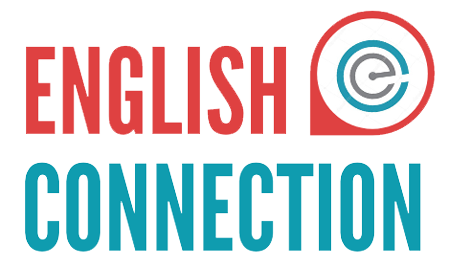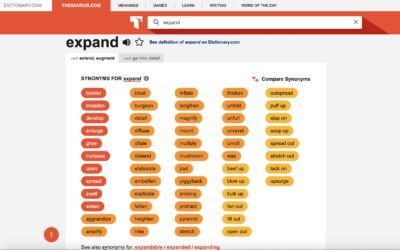
Ambiguous and ambivalent are adjectives that are used to indicate uncertainty. However, they are used in entirely different scenarios, even though they share the Latin prefix ambi-, which means “both,” so it is easy to see how they can be mixed up. Just remember: the duality pertains to very different things.
Let’s first look at the definition of both words
Ambiguous – having or expressing more than one possible meaning, sometimes intentionally.
- His reply to my question was somewhat ambiguous.
- The wording of the agreement is ambiguous.
- The government has been ambiguous on this issue
Ambivalent – having two opposing feelings at the same time, or being uncertain about how you feel:
- The government has been ambiguous on this issue
- He has fairly ambivalent feelings toward his father.
- an ambivalent attitude to exercise
What is the difference?
Ambiguous is used when a situation is unclear and can be interpreted in more than one way. It means that you need more clarity or explanation to make an informed decision about something. For instance:
- Lisa asked Jack if he wanted to meet her. Jack did not know what to respond as Lisa’s question was ambiguous.
In the last example sentence, Jack did not have the clarity on when and where did Lisa want to meet him.
Ambivalent is used when you are aware or have clarity about a situation but are uncertain about the choice to be made. It signifies that you are indecisive despite having all the information. Let us consider the following example.
- Lisa asked Jack to meet at 5:00 pm on Thursday at the park near her house, but since Jack was busy, he was ambivalent.

Which word would you use in these sentences?
- I have to admit, I was ______ about the restaurant Ernesto chose but found myself surprisingly impressed by it.
- Critics interpreted the _______ movie title in a variety of ways; the director has yet to clarify what it means in the context of her works.
- I found her ______ attitude puzzling. Everyone else in the room took turns debating the topic, and she didn’t say one word.
- The students asked for clarification on the assignment as they were confused by the ______ instructions in the book.
(One and three use ambivalent; the other two demonstrate how to use ambiguous.)
To Summarise
Something ambiguous is unclear or vague, like the end of a short story that leaves you scratching your head. But if you’re ambivalent about something, you can take it or leave it. Whatever.
But, before I go, remember to leave a message in the comment section below and help adding to the list of this series!
These bitesize mini-lessons are given to you complimentary when you sign up and join the English Connection community.
(One and three use ambivalent; the other two demonstrate how to use ambiguous.)






0 Comments